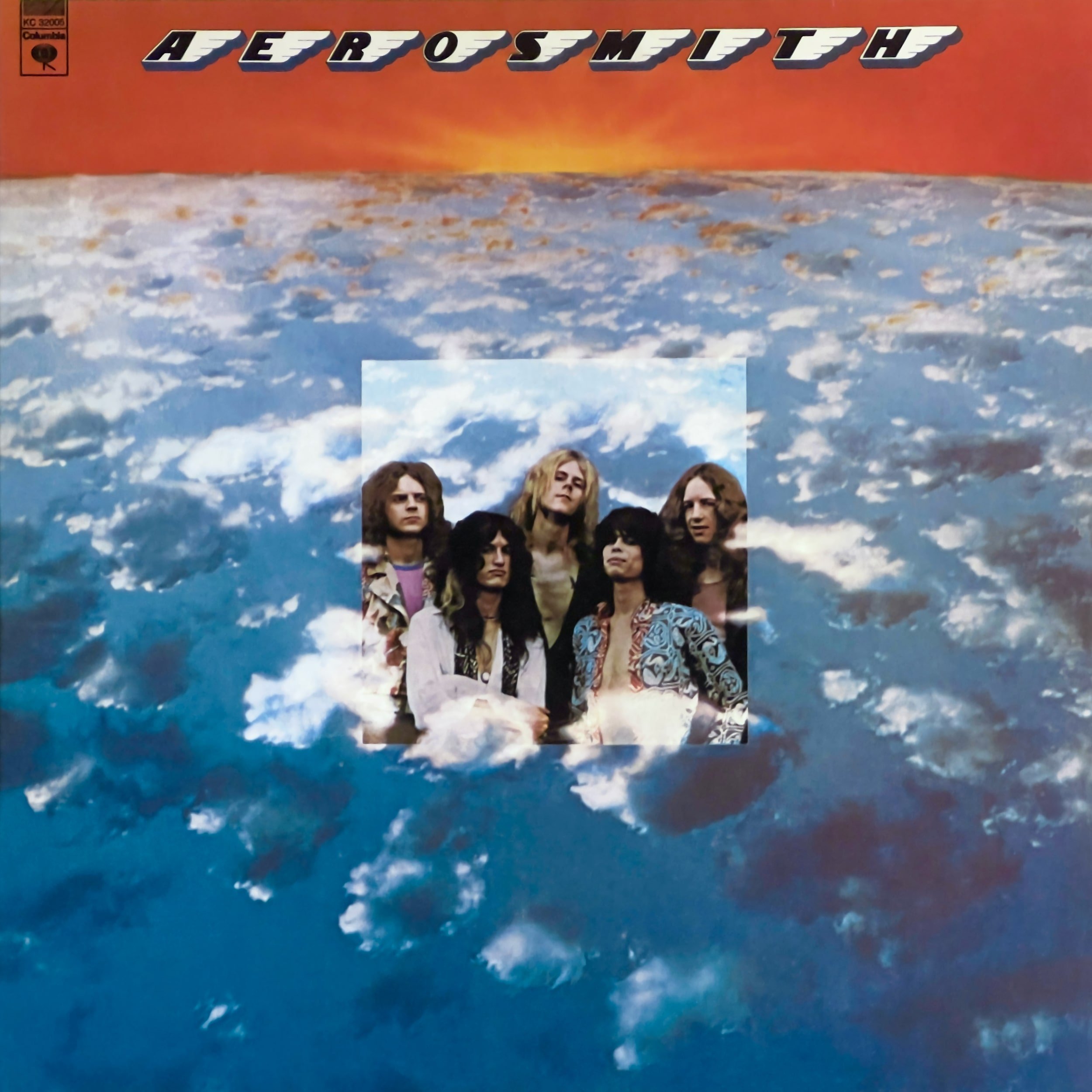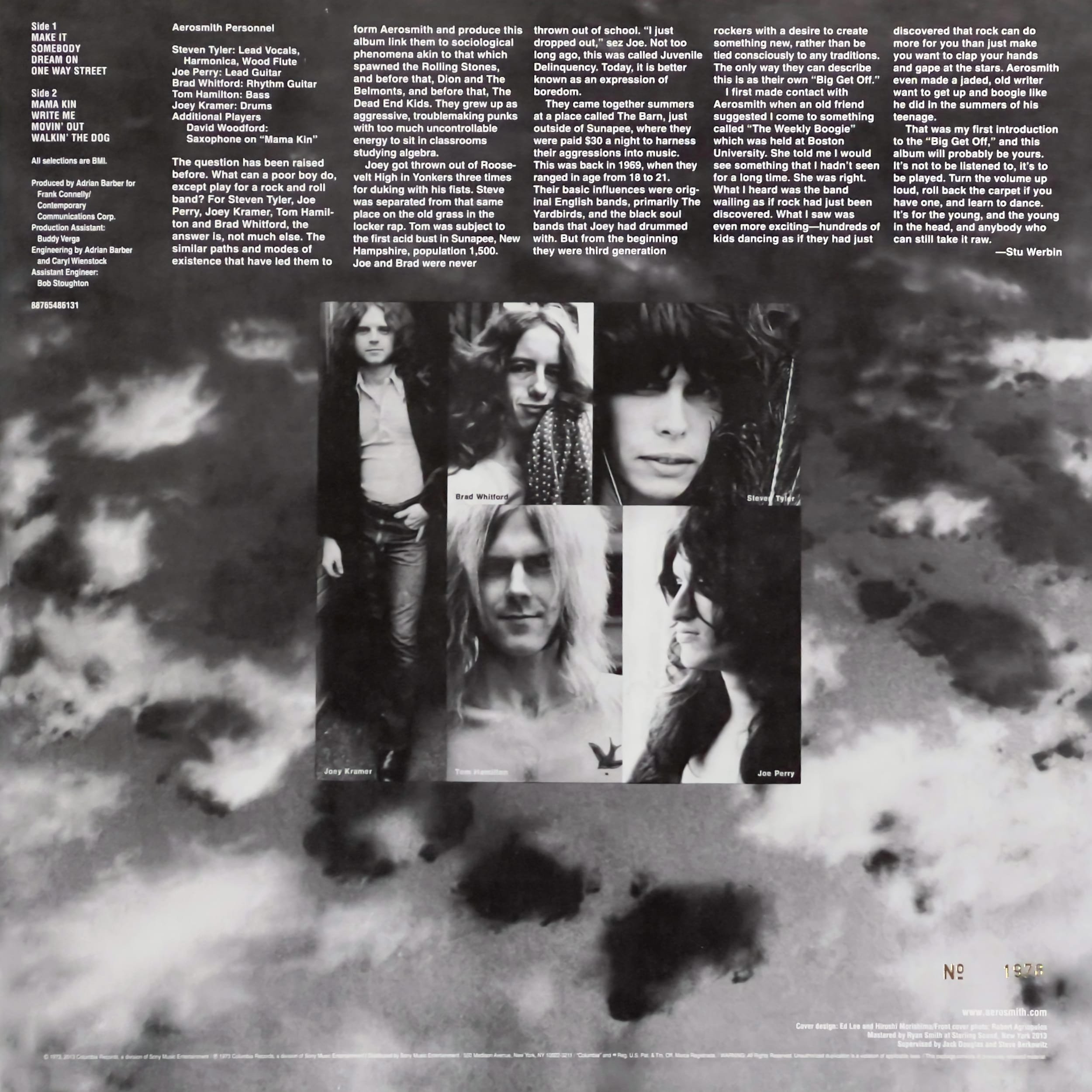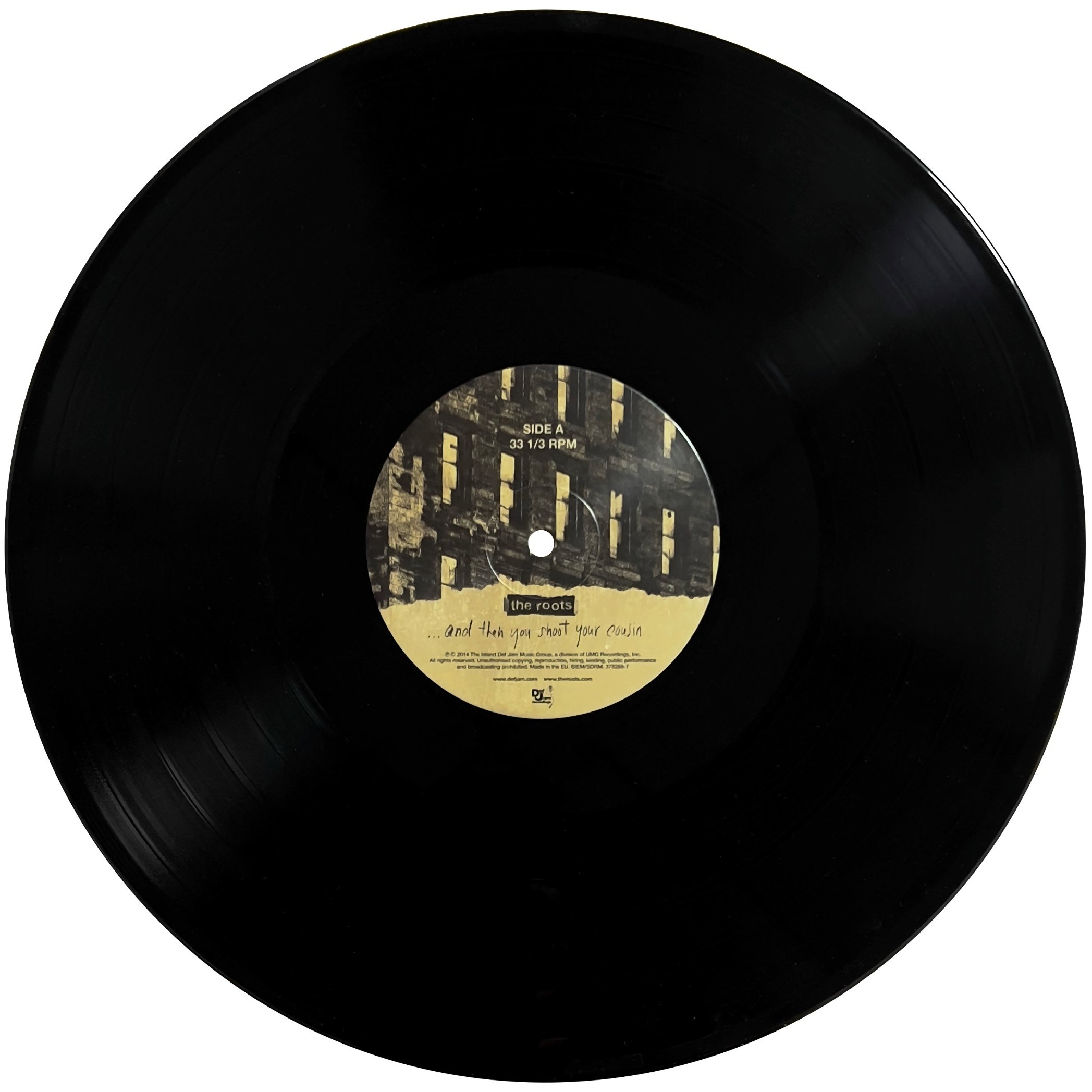Storytelling is one of the most interesting aspects of music for each song is a self-contained life experience, but one that shifts meaning for the individual, based on our own subjective life experiences. Throughout the years I’ve often ignored literal lyric interpretation, instead choosing to appreciate the human voice as an instrument in its own right. It isn’t that I disagree with the lyrics in many songs but, although that is inevitable at times, the emotive feeling and how the song touches me on a musical level is what I truly value. After all, unless it’s a song like The Smashing Pumpkin’s Bullet with Butterfly Wings, the music resonates with my soul well before the introduction of lyrics which are often as convoluted as poetry in its written or spoken forms.
Thankfully I’m not alone for I know many music lovers who are captivated by the sonic aspects of music and Wesley Schultz (guitarist and lead vocalist of The Lumineers) indicated that the writing and recording of BRIGHTSIDE were approached by tapping into a feeling first then applying the stories and lyrics after the music had been written. While it signifies a shift in The Lumineers’ recording process, BRIGHTSIDE is a further evolution of their artistry. Fans looking for ultimate lyrical styling would be best sticking to III or their eponymous debut for the storytelling is arguably more prominent on these earlier releases. That isn’t to suggest BRIGHTSIDE is absent of meaning, anything but, but upon comparison BRIGHTSIDE is focused more on the incredible sonic experience with added lyrics that, despite being well-polished, are closer to fully realised demos.
Speaking of sonics, the Dolby Atmos stream on Apple Music is subtle in its use of space and while nothing specifically stands out, either positively or negatively, the mix is thoroughly enjoyable with a more immersive sound signature than the lossless stereo edition. Stereo fans, however, won’t be disappointed as BRIGHTSIDE is on par with the superb mix and mastering heard on their earlier albums.
BRIGHTSIDE has a magnificent intro that reminds me somewhat of Neil Young & Crazy Horse; particularly the style applied on their album Psychedelic Pill. That correlation aside, BRIGHTSIDE is magnificent and sets the tone of the album. The level of distortion on the guitar track is utterly perfect and along with the bass and drum rhythm creates a solid basis for all other musical aspects and lyrical storytelling to lay on top of the bed of music. There is little wonder in my mind as to why BRIGHTSIDE was chosen as the lead single, yet there are arguably better songs to be heard on the album.
The accompanying music video is a little left-of-the-centre, but that isn’t necessarily a criticism. Usually, with music videos, I like for them to start immediately with little to no fanfare. Of course, that limits the creative vision somewhat and in this case, The Lumineers have asked random people to describe what love means to them. You may recall that I don’t always focus on lyrics, but this question, and the responses, relate to the song’s theme.
Following the introduction, the imagery and overall edit are perfectly synchronised to the music before we’re taken to a small faux live performance of the song with intermingling scenes that depict life’s infatuations. Unfortunately, while I would love to declare that this music video is amongst the very best I’ve seen in recent years, the wedding injection that appears in the final minute of the music video detracts from the song itself. It was a strange creative choice and one that, if I’m to be completely honest, I don’t fully grasp.
A.M. RADIO has such a delicate introduction that it’s nothing short of exceptional. If Schultz’s vocal prowess doesn’t move you, you’re listening wrong. A.M. RADIO, however, builds to an epic chorus that showcases not only how talented The Lumineers are but how every little element is essential in the mix for the layers of detail reveal themselves upon repeat listens. It’s an astonishingly good song and, again, that chorus is magnificent.
The music video, not unlike that of BRIGHTSIDE, starts with a live recording backed by a series of early video clips as The Lumineers explain to their live audience how a call and response functions in a live setting. Again, it’s a distracting element that doesn’t allow you to get straight into the music video, but I find this style is less distracting on A.M. RADIO as it builds anticipation in the viewer/listener’s mind, especially if you already know the song and its hook. That said, the song is far superior to the music video as the visual accompaniment doesn’t seem all that well-suited to the song itself.
WHERE WE ARE creates an earworm but it’s such a great composition that I don’t mind. Perhaps the greatest element in this song is something that you may miss unless you’re listening for it and that is the slap on the piano/organ keys. It contrasts with the highly polished output of the rest of the song and is one of those elements that I’m so glad they chose to leave in. It isn’t overused, which is good, but it certainly helps with rhythmic connection.
One of my processes when evaluating how strong an album is is to listen to the first three songs as they either make or break a release and as you may have already been able to tell, dear reader, this is one exceptional album and WHERE WE ARE is a masterpiece.
The music video is fantastic and has a fundamental concept that I can most certainly get behind because even though it is focused on a single event, the song’s chorus is applicable to any experiential moment and is strangely comforting.
BIRTHDAY is campy, like really campy, but I’d be lying if I said I didn’t like it. I love the Beatles-esque styling and I dare say it will be a guilty pleasure for many of us.
BIG SHOT is magnificent. I adore the simple musical accompaniment to the vocal and that call and response element that is attached to the chorus is out-of-this-world. It’s songs, and music like this, that remind me why music is so special to the human experience. Thank you, Lumineers!
This music video is simultaneously the best from BRIGHTSIDE, but it’s depressing. Yet, I wouldn’t change a thing for the music video makes you think about the decisions you make in the course of your life and the consequences of your actions and how regret plays a role even if you’re doing something deemed to be necessary at the time.
NEVER REALLY MINE is a solid tune, even if it sounds as if the vocals are not fully formed, thereby being closer to a demo recording. While NEVER REALLY MINE isn’t as strong as the rest of the songs on BRIGHTSIDE, the slow build midway through really take the song to a whole other level that allows it to blend more seamlessly with the other songs and the overall style of the album.
ROLLERCOASTER sees a return to the slapping piano keys that I loved from WHERE WE ARE. While the composition is delicate, there isn’t anything missing as the musicality and vocal are perfectly mixed and remain at the forefront of the experience.
REMINGTON is the shortest song on the album but sometimes less is more and the gapless segue into REPRISE is a musical masterstroke.
REPRISE is, dare I say, the best song on the album as it bookends BRIGHTSIDE perfectly thereby encouraging us to listen to the album again. It simultaneously permits contemplation and without a doubt is one of the greatest closing tracks ever recorded, by anyone.
While BRIGHTSIDE, much like The Lumineers’ other albums are on the shorter side of what we normally experience, it’s the perfect length as it prevents the mind from wandering, thereby allowing the music to fully integrate with our souls. As one of the best albums of 2022, and possibly The Lumineers’ greatest musical achievement, I look forward to seeing how they will top it with future releases.

















